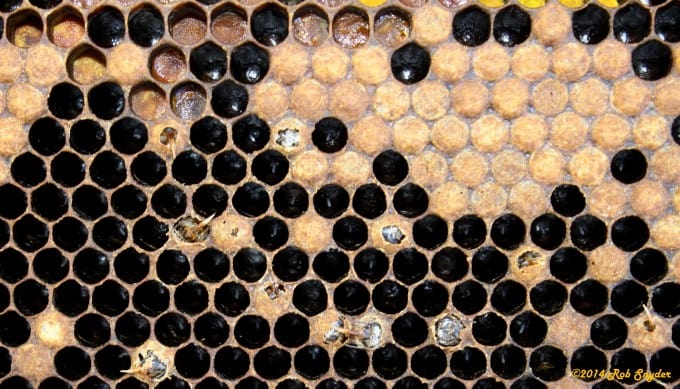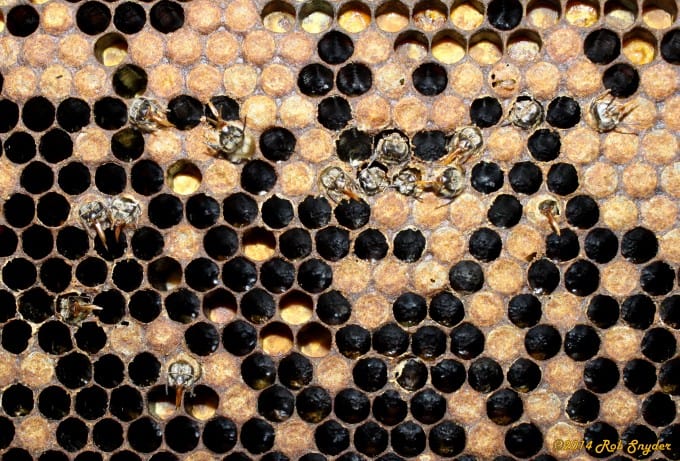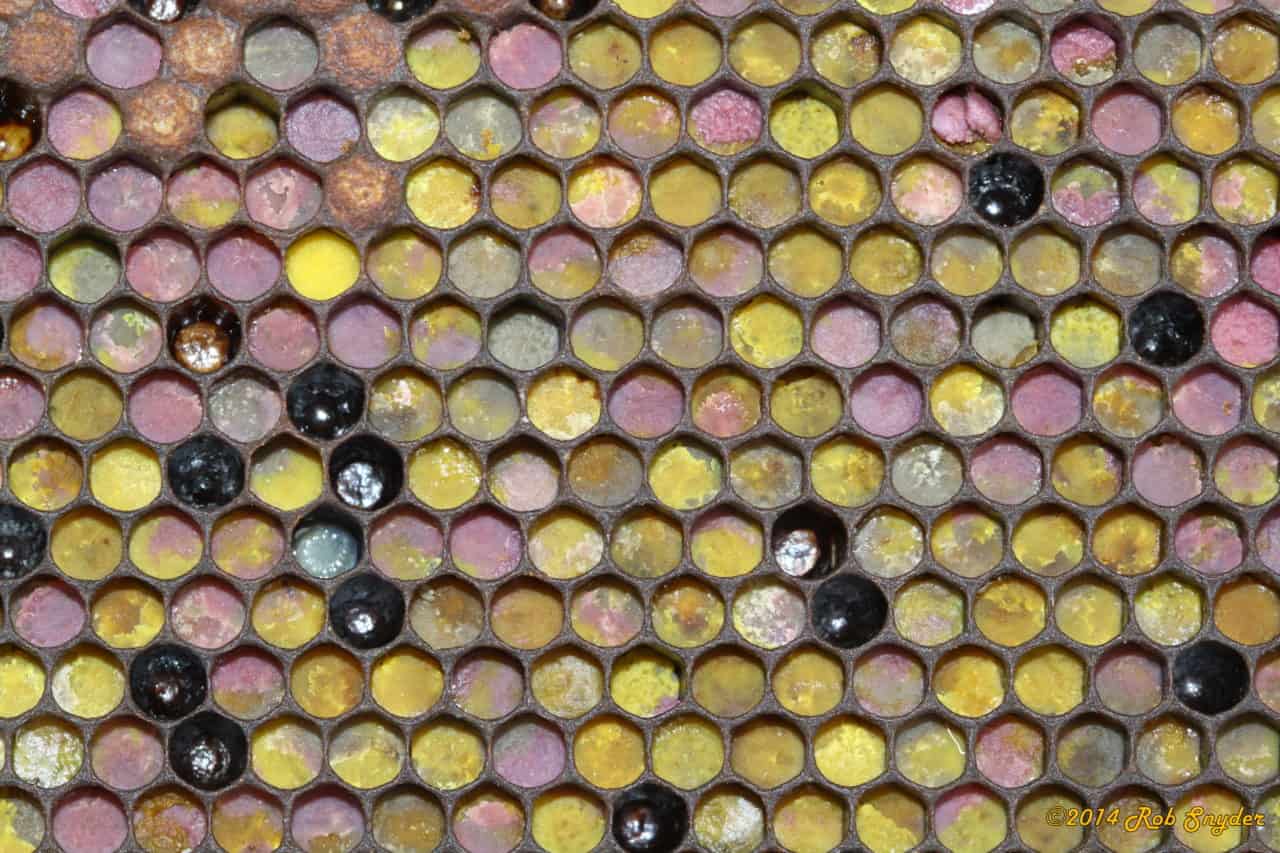The most opportune time for honey bee colonies in most areas of the U.S. is during spring build-up. The surplus of pollen and nectar that usually accompanies spring allows a growing colony to create a surplus of pollen and honey. It is also a time of year where the colony is trying to work through its kinks and get the colonies population dynamics under control as far as nurse bee to worker ratio. This ratio is crucial for hive ventilation and keeping moisture and bacteria from infiltrating the hive and causing problems. Some diseases that arise during this opportunistic time period are Chalkbrood, AFB, EFB and PMS. It is important to recognize these problems early as it may save your honey crop and the headache of trying to support the colony through the summer.
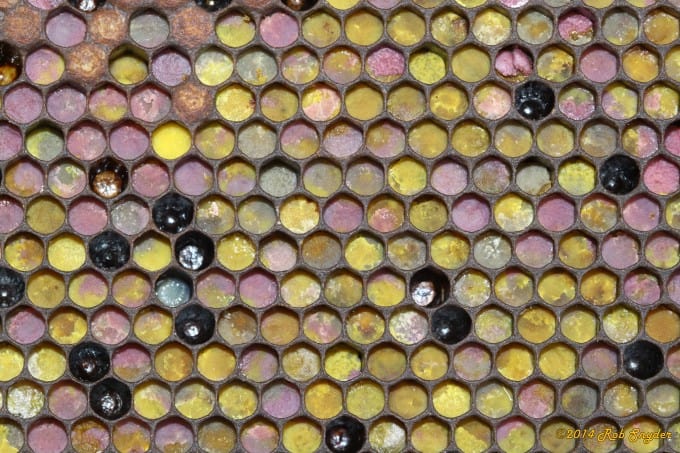

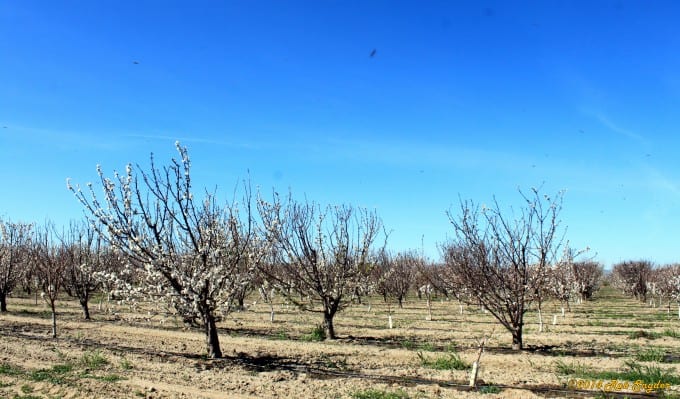
Other problems during this time include overcrowding/swarming or queen supercedure. A good indicator that a colony is going to swarm is the sudden increase in drone cells. This may be in the form of bridge comb or general drone laying production. It is best to treat colonies in early spring for varroa mites before the colony starts to produce excess drone cells. Once you start seeing a lot of drones it’s a good time to keep your eye out for swarm cells. These cells are a great way to split a colony and create more colonies from existing ones. You can also induce swarming by overcrowding the bees and feeding them pollen and thick sugar syrup.
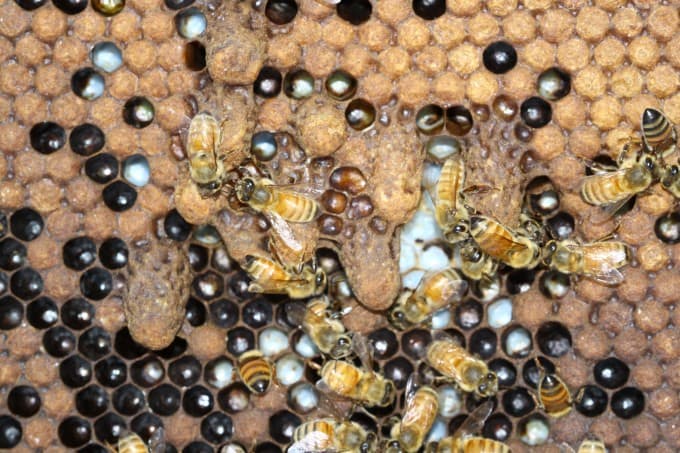
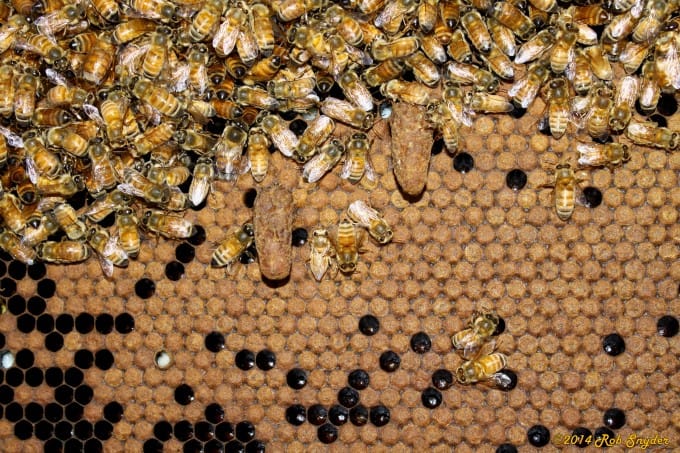

These are all common occurrences during the spring, but the main reason I wanted to write this blog was to share some of the things that I have seen in the field and create an opportunity for you to recognize these symptoms early on. I hope that by viewing these images, you will be able to identify possible disease or pest and seek the appropriate actions in controlling them. Below are images from this spring, the good, the bad and the ugly!!

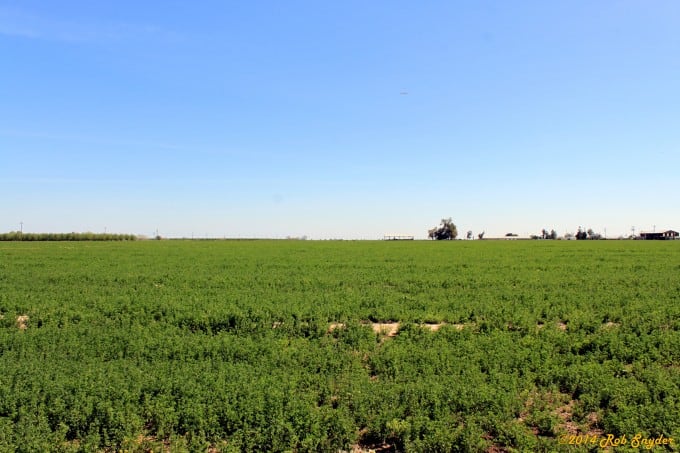

Bald Brood
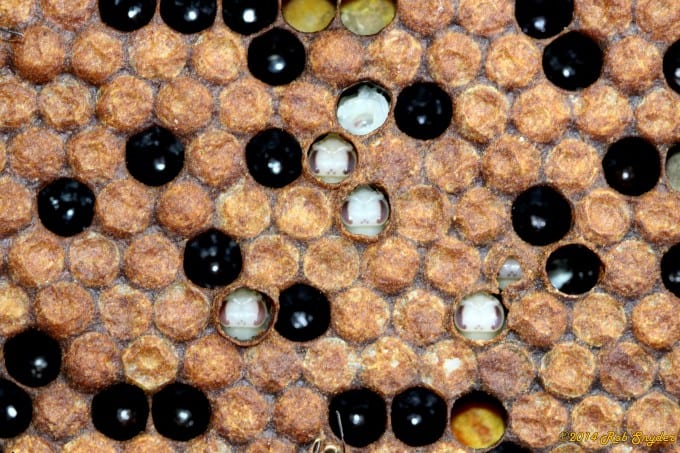
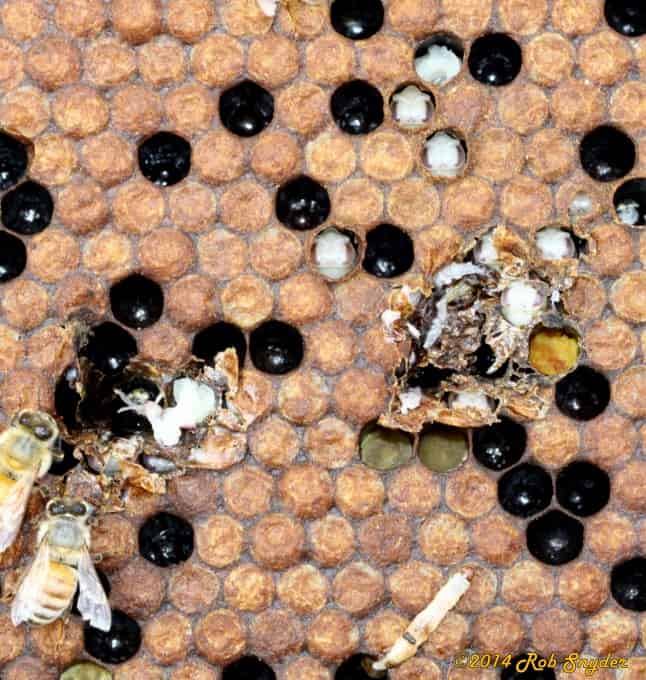
Varroa
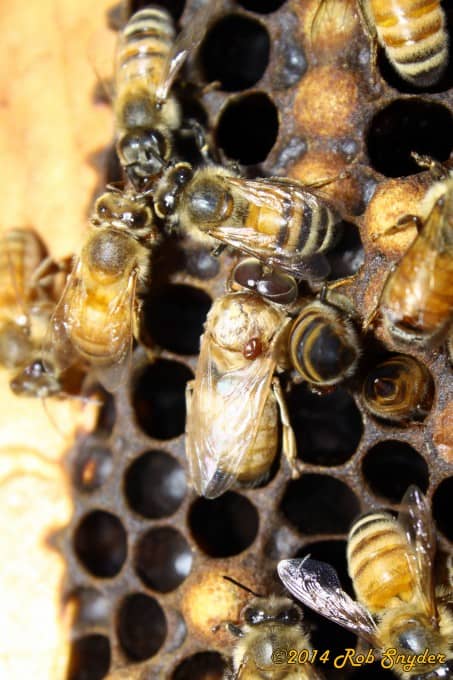
Chalk Brood
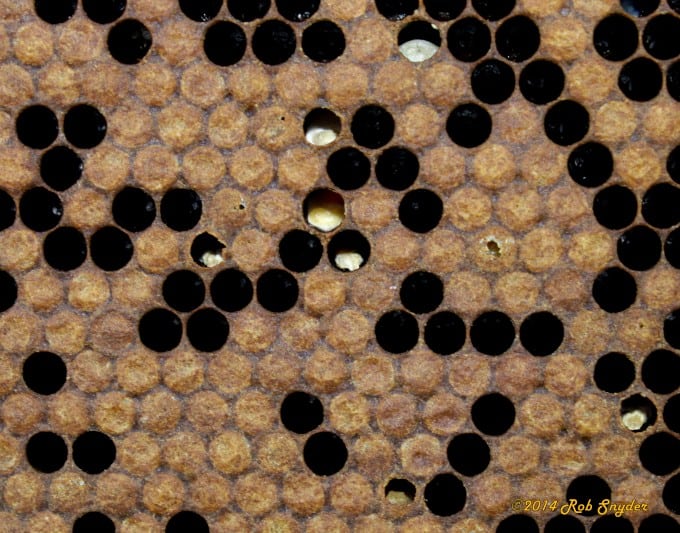
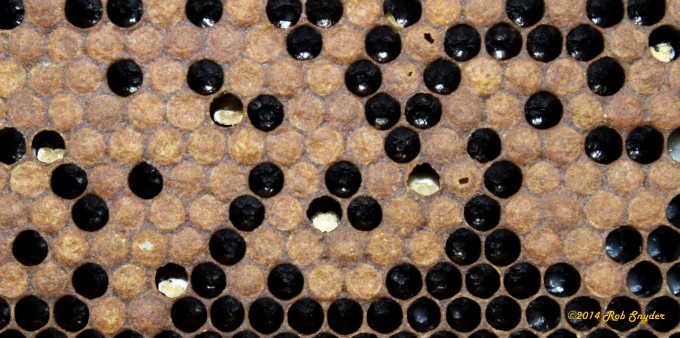
EFB


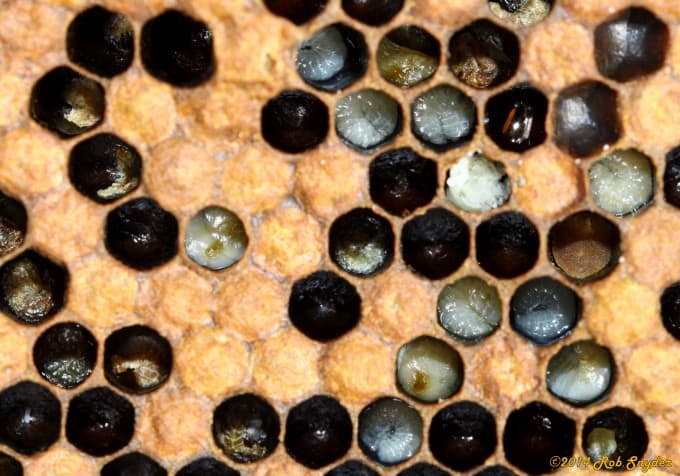
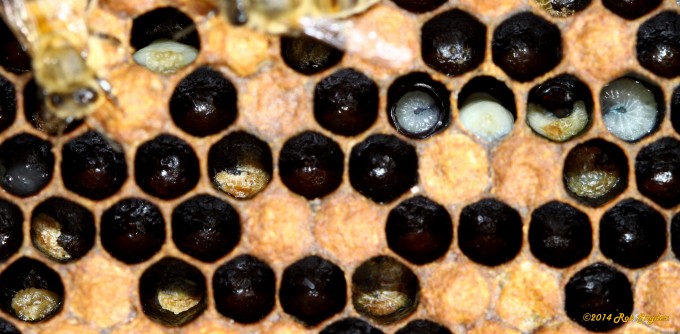
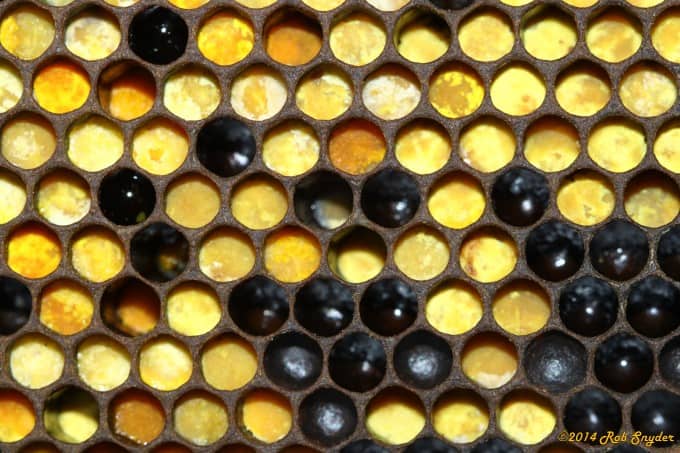
Unknown
